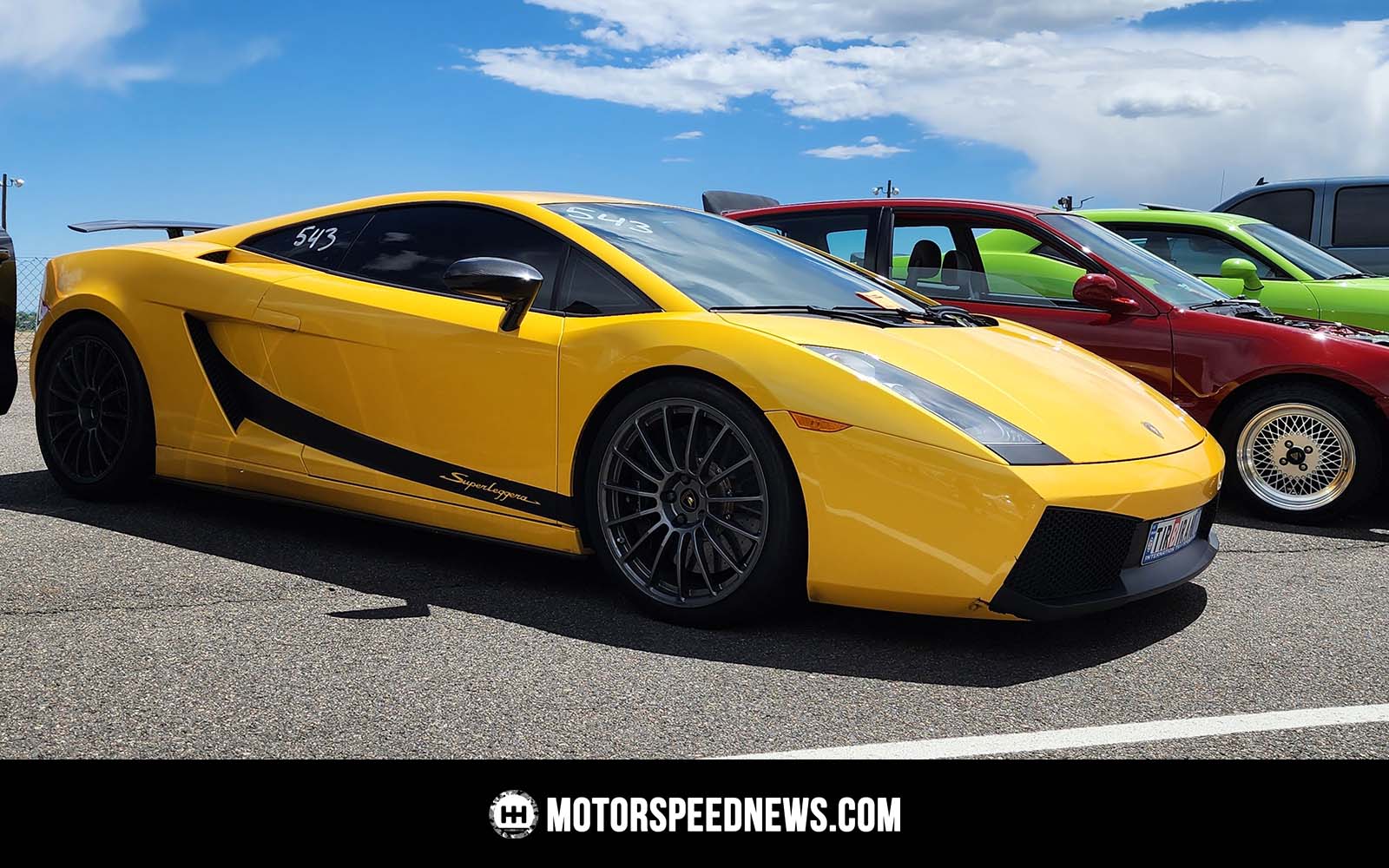F1 has decided to reject the Andretti entry bid to become the 11th team in the world’s top open wheel racing series.
Back in 2023, the FIA gave approval for Andretti’s technical capabilities in regard to potentially joining F1.
But according to F1 CEO, Stefano Domenicali, it’s ultimately a business decision and there needs to be a clear benefit for expanding the number of teams on the grid.
Andretti’s entry bid is a no go for 2025, but snagging that 11th spot still might be in the cards in just a couple years.
“GM Powertrains has already committed to being ready to race for 2028, meaning that Andretti will likely have a fairer shot at joining the grid in four years.”
thedrive.com
Read the full statement from F1 for Andretti Global’s entry bid.
How Formula One’s Grid Has Evolved Through the Decades
The number of teams participating in F1 has fluctuated more than you would think since the first F1 race at Silverstone on May 13, 1950. Let’s dive into some automotive history:
The Early Days: A Grid Of Independents (1950s-1960s)
The inaugural 1950 season saw 14 teams competing, many of them independent constructors. This era was characterized by innovation and experimentation. Teams such as Vanwall and Cooper pushed the boundaries of their technology.
There were loads of teams and drivers back in this era. In 1962 for example, there were 15 constructor teams with 61 drivers throughout the season. The Lotus – Climax team had 19 different drivers that year!
The Rise Of Powerhouses (1970s-1980s)
The 1970s saw the ascent of dominant teams like Ferrari, McLaren, and Williams, backed by major manufacturers like Ford and Cosworth. During this period, fans witnessed intense competition between teams vying for both driver and constructor championships. The grid size remained relatively stable, the teams hovered mostly in the teens throughout the period.

The Expansion Era & The Cost Crunch (1990s-2000s)
We witnessed a slight expansion in team numbers in the 1990s, however this growth wasn’t sustainable. The cars were getting more advanced and expensive. The financial burden of competing in F1 became increasingly challenging for smaller teams, leading to several withdrawals and mergers.
By the mid-2000s, the grid size had shrunk back to 10 teams, where it has remained relatively stable for the past two decades.
Looking Ahead: The Future Of The F1 Grid
The future of F1’s team landscape remains uncertain. Andretti global has been turned down but there is still hope for 2028.
The recent introduction of a budget cap aims to level the playing field and encourage new entries. However, the financial hurdles are still significant and F1 key stakeholders must be convinced of the benefits of an additional team.
Full stats and results for every single F1 race are available on Wikipedia.👍
Read about my experience at the 2023 Las Vegas F1 Grand Prix.
If you liked this article or have a suggestion let me know via the contact page.

Founder and Executive Editor for Motor Speed News.
Current Garage:
2002 Subaru Impreza WRX Wagon (302 whp)
2005 Toyota Tundra Limited
1986 Yamaha Virago XV1100









